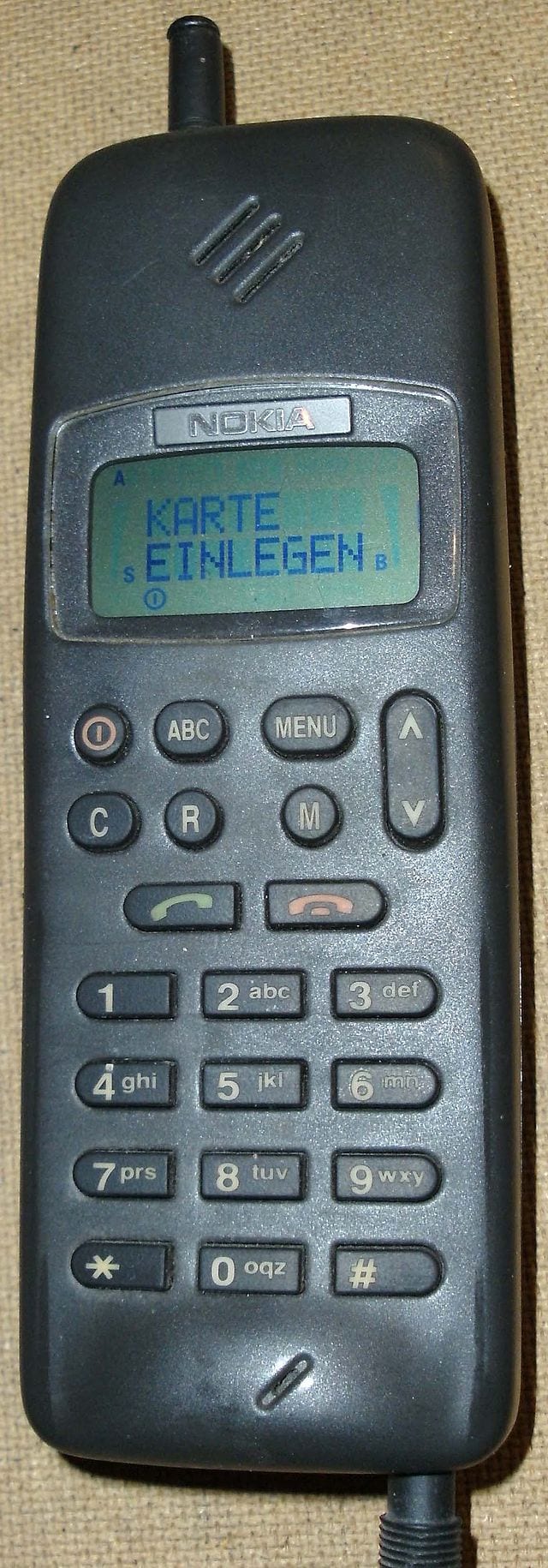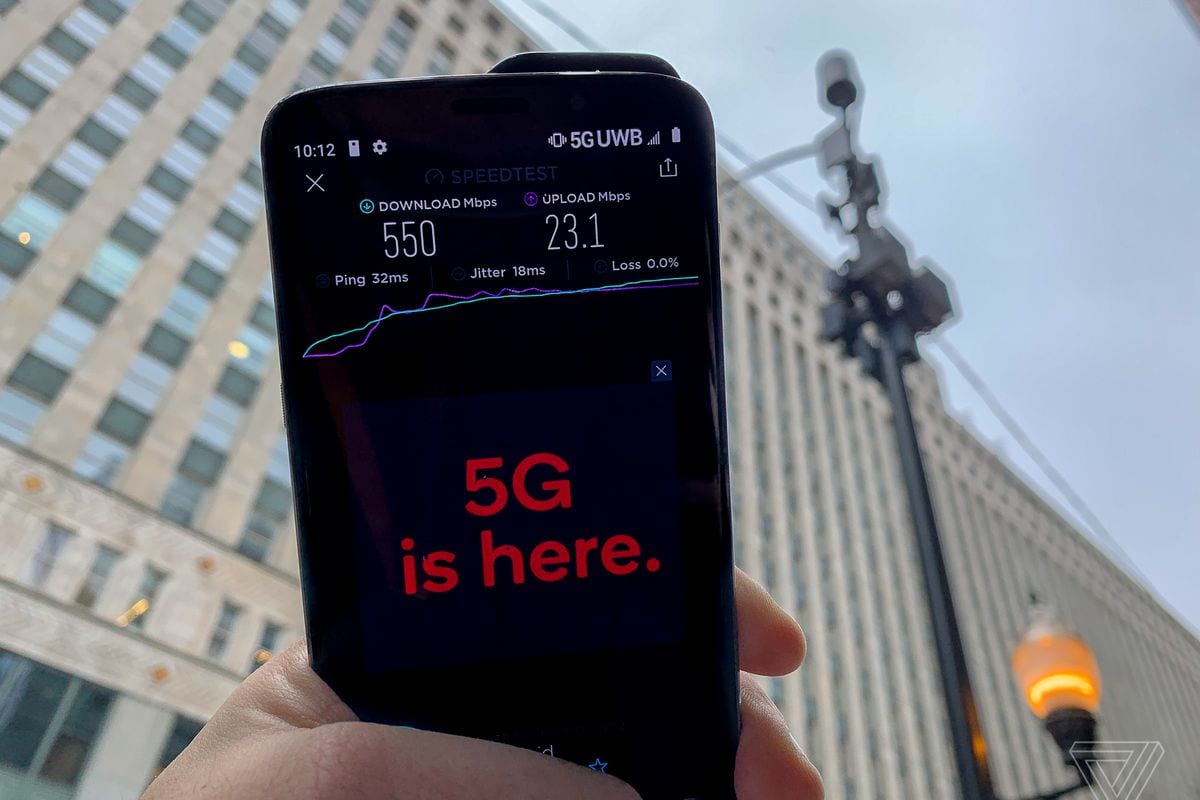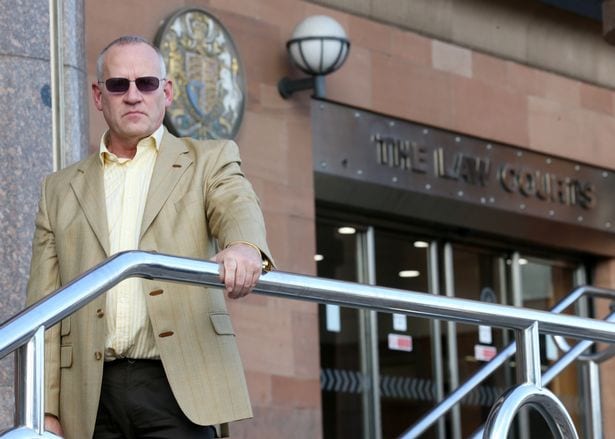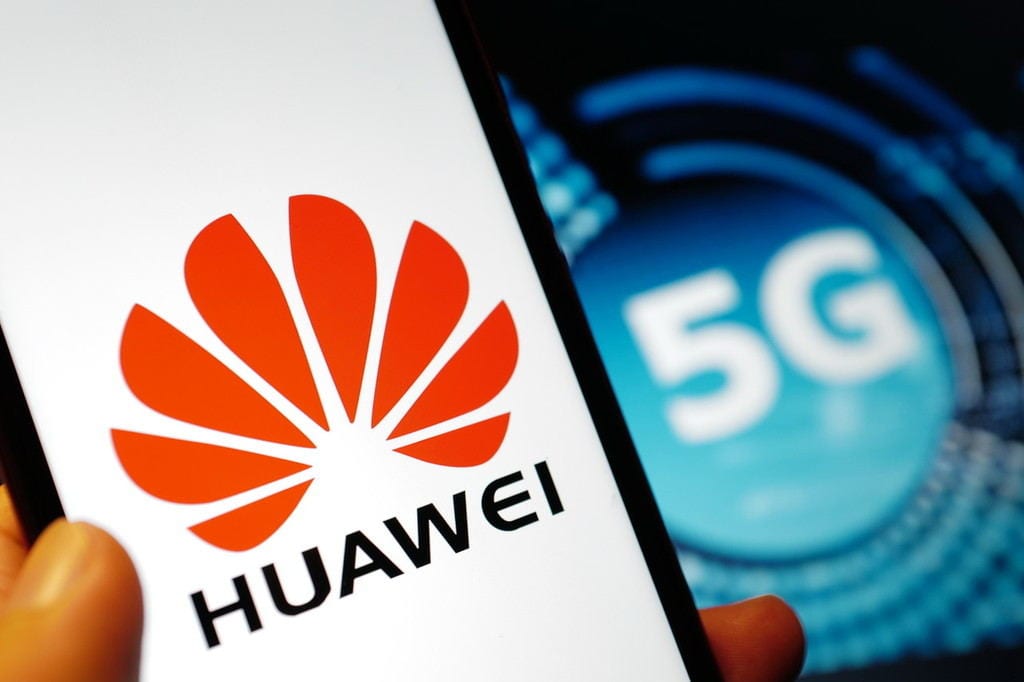WHAT connects Spain to cancer fears, Chinese spies and a Gateshead Council court case?
Answer – the rollout of 5G.
You may have heard of this new cellular technology, and the lightning fast speeds it promises for our smartphones. Watching Love Island from the heart of the Campo also supposedly just got a whole lot easier.
However anti-5G activists may have scared you with their warnings of ‘5G genocide’ and tales of governments frying our brains with radiation, one antenna at a time.
EVOLUTION OF 5G
- 1G – The first generation of mobile networks landed in Tokyo in 1979, and used analogue signals.
- 2G – SMS – or texting – then became possible with ‘second gen’ mobile phones, with the launch of the Nokia 1011 in 1992.
- 3G – Around 2001, video calling and higher data capacities, were then the gripping new features of the third generation.
- 4G – The beginning of 2010 then saw the first 4G phones, which offered HD data streaming for videos, gamers and more.
- 5G – Featuring never-before-seen ultra fast internet speeds of up to 10Gbps, 2019 is just seeing the beginning of 5G.
On top of that, Chinese tech giant Huawei is accused of state-sponsored espionage, prompting international calls to reject its 5G technology (see Spy Phone, Issue 319, pg 45).

Here in Spain, Vodafone is making the latest waves in this shadowy area of tech as it unveils the country’s first 5G network, spanning 15 cities and supported by Huawei (see 5-G that’s fast!, Issue 320, pg 33).
But what actually is 5G? Where is it being used? And should we be worried about our health?
This Olive Press guide tells you all you need to know.
What is it?
As the name suggests, 5G stands for ‘fifth generation’ (see pullout).
It is the most up-to-date form of mobile internet connectivity.
Unlike 4G, its predecessor, 5G networks use ‘super high-frequency radio airwaves’ transmitted via more localised means.

Small 5G transmitters are often located on lamposts, in public areas and closer to homes.
While 4G systems provide speeds of around 45Mbps (megabits per second), it is widely claimed that 5G could up that 20-fold.
Where is 5G?
Vodafone’s souped-up networks are located in 15 cities across the country, including Sevilla and Malaga (also Madrid, Barcelona, Valencia, Zaragoza, Bilbao, Vitoria, San Sebastian, La Coruña, Vigo, Gijon, Pamplona, Logroño and Santander).
This improved service is purely commercial, with a basic €49.99 plan available, and an advanced €109.99 package for gamers and more intensive users.
Huawei technology supports the new service, while its phones too, are set to join Vodafone’s current crop of authorised 5G handsets by LG, Xiaomi and Samsung.

Vodafone currently has Spain’s only 5G network, with its rivals Telefonica, Orange and MasMovil not set to unveil theirs until 2021 or 2022.
South Korea launched the world’s first 5G network this year, followed by the USA, but only in Chicago and Minneapolis.
Ericsson then gave 54 cities in Switzerland 5G and the UK was next, with EE launching new networks in London, Cardiff, Edinburgh, Belfast, Birmingham and Manchester.
Huawei is behind much of the world’s new 5G capabilities and has been accused of aiding spying, due to its strong ties to the Chinese Government.
Australia, New Zealand and Japan have already rejected 5G from the firm, while US President Donald Trump blacklisted Huawei.
Former UK Defence Secretary Gavin Williamson was even sacked by Theresa May over a Huawei 5G security leak to the Daily Telegraph.
However, there is little evidence to suggest spying took place.
Meanwhile, Russia, China, Japan, Brazil, South Africa, India and eastern Europe are still in the trial and test phases of 5G.
Should we be worried about our health?
Not according to Professor Malcolm Sperrin, Director of the Department of Medical Physics and Clinical Engineering at Oxford University Hospitals NHS Trust.
“There has been no evidence to suggest that electromagnetic waves from mobile phones and networks are bad for your health,” he says.
But that hasn’t stopped the proliferation of pseudoscientific Facebook communities where worried users air their apocalyptic concerns.
“The radiation from 5G is illegal and is not insured against,” the founder of 17,000-strong group Stop 5G UK, Cathy Dowd, told the Olive Press.

But perhaps the most prominent activist is self-styled 5G martyr Mark Steele – dubbed a ‘Weapons Systems Head of Display Expert’ – who is UK-based, but well-connected with Spain.
He was in a court battle with Gateshead Council after claiming its new ‘5G’ street lighting ‘microwaved babies in their beds’, and was even convicted of threatening two councillors.
Taking time out from his protests, he told the Olive Press: “It’s obvious 5G is a weapon system as I have always stated.
“We are seeing a mass awakening to the 5G crime that is being deployed across the country.”
The Olive Press also spoke about the health effects of 5G with building biologist Juan Antonio of Cemprotecta, a bioconstruction firm in Girona.
“When you increase the frequencies of radio waves they can react with human biology,” he said. “Higher frequencies allow more data to be transmitted.”

Meanwhile in 2017, 180 scientists from 36 countries wrote to the EU warning of the ‘increased exposure’ to radiofrequency electromagnetic fields (RF-EMF) from 5G.
Although the FCC in America has given the green light to the technology, the World Health Organisation (WHO) published a report in 2011, listing mobile phone radiation as a ‘carcinogenic hazard’.
However, radiation from any mobile phone – 5G or otherwise – is not within the ‘ionizing range’ of the electromagnetic spectrum.
In other words, 5G frequencies are nowhere near those of X-rays or other radioactive sources which can break down DNA and cause cancer.
In fact, thousands of studies have found no link between mobile phones and the development of tumours, although more in-depth research could clear up the picture a whole lot more.
If you are on the beach or by the pool with your 5G phone and are worried about cancer, bear in mind that the sun’s UV rays pose a far greater threat.
‘Getting sunburn just once every two years can triple your risk of melanoma skin cancer’ says Cancer Research UK.
Slap on the sun cream before you make that call.











